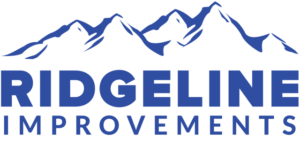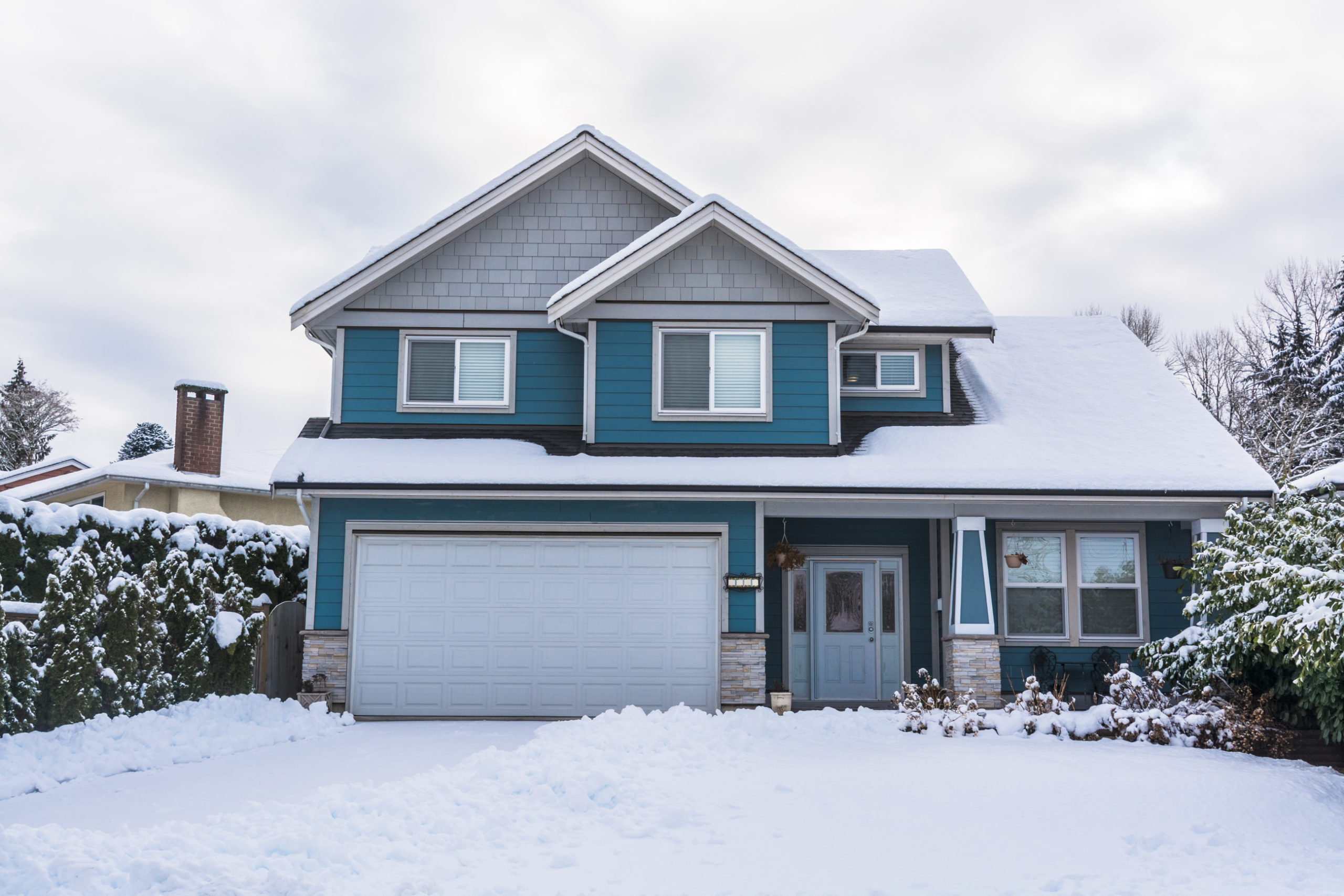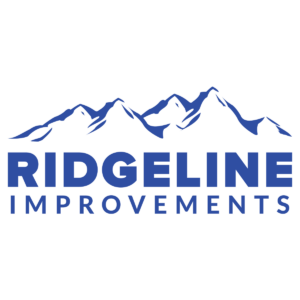Having a custom home built is a smart investment! Newer homes require less maintenance and can be built to suit your unique needs.
They also are more energy-efficient and can make a significant difference when it comes to your monthly energy bill.
If you are thinking about building a custom home in Edmonton, it’s important to take energy into consideration so you can maximize these energy savings!
Let’s take a look at how you can build a home that stays warm during Edmonton winters:
What is Winter In Edmonton Like?
In the city of Edmonton, the winter season typically lasts from November to March. However, it can vary when it comes to length and severity.
Although Edmonton winters are considered to be less severe than in other parts of the country because of less snow and lower humidity, temperatures can drop to -40°.
These cold snaps can last for a few days but the winters in Edmonton are generally sunny. In fact, Edmonton is the second sunniest city in Canada!
So while you may not need to worry as much about protecting your home from snow in the winter, the cold temperatures definitely need to be taken into consideration.
What Does a Home Need in Edmonton To Stay Warm?
While Edmonton tends to stay quite sunny during the winter, it’s not enough to prevent the mercury from dropping.
If you are planning on building a home in Edmonton, here are some things you should consider in order to stay warm and comfortable during the colder months:
Durable Heating and Plumbing Lines
Without durable heating and plumbing lines, you face the risk of having your pipes freeze up.
Having no heat and being unable to access freshwater is the last thing you want in the wintertime!
So when you build a home in Edmonton, make sure your pipes are airtight and well-insulated. Even the smallest crack can lead to a burst pipe.
The Right Insulation
R-value is a measurement of insulation and the higher the number, the better insulation the material provides. Keep this in mind when you insulate your new home.
You can also ensure proper insulation of your home by using special framing techniques such as double-wall wood framing, 2×6 construction, or raised hip insulation.
Talk to your contractor about also using structural insulated panels, insulated concrete forms, or insulated precast walls panels.
Concrete, brick, and tile are all high-density materials that can store energy from the sun and keep your home warm at night.
Good Ventilation
You would think the trick to building a home that stays warm during Edmonton winters would be to avoid air from circulating in and out of your home.
However, proper ventilation is vital to remove moisture from under your exterior walls and roof as well as maintain good air quality during the colder months.
Your aim should be to build an air-tight home with mechanical ventilation systems. These systems, such as exhaust-only, supply-only, and balanced, use very little energy and will save you more on heating costs.
Energy-Efficiency
Look for systems that are ENERGY STAR® rated. They may cost more out of pocket but they will cut down on your energy use – meaning you can keep your home warm and comfortable without worrying about your energy bill.
When you are looking for an HVAC system, pay attention to the following acronyms:
- COP (Coefficient of Performance): how much power is used compared to the energy output.
- HSPF (Heating Seasonal Performance Factor): measures the efficiency of the heating system
- AFUE (Annual Fuel Utilization Efficiency): the efficiency in which the fuel you are using transforms into heat
Good Quality Windows
Good quality windows will make the difference when it comes to the comfort of your new home during the wintertime.
Check to make sure the windows you are having installed are double-paned and have adequate stripping.
Also, pay attention to their ER rating which is an indicator of the window’s performance based on:
- The solar heat gain,
- How much heat is lost through the frames, and
- How much heat the window loses through air leakage.
Most ENERGY STAR® approved windows fall between 25 ER points and 35 ER points.
Things to Consider Before Building Your Edmonton Home
Apart from the individual elements you should include when building a home that will stay warm during the winter, here are some other aspects you should consider before you get started:
Sun Position
When you are building your Edmonton home, you can ensure that it will stay warmer during the winter by positioning your living area windows toward the sun.
For example, try to face your living room and kitchen within 30 degrees of true south and your bedrooms toward the north.
You can also look into passive solar design techniques that contractors use to take advantage of the home’s location, climate, and materials to make the home more energy-efficient.
Building Materials
When it comes to the materials you use to build your home, consider darker colors on your roof to absorb heat.
Also look for products like concrete, brick, stone, and tile that have more “thermal mass”. As we mentioned above, certain materials will retain heat during the day and release at night.
You can also include other elements into your home design plans such as smart thermostats, insulating blinds and curtains, and operable vents and dampers.
Ready to Get Started?
You found your dream area of the city – so now you just need your dream home!
When you have your custom-built done by Ridgeline Improvements, we build a home custom to YOU. Our expert designers work with you to discuss your needs before building a home that is as unique as you are.
We want you and your family to be happy and comfortable, so we are dedicated and committed to ensuring your new home is built to withstand Edmonton winters.
If you’re ready to get started, let’s talk today so we can get this project off the ground and turn it into a reality!





